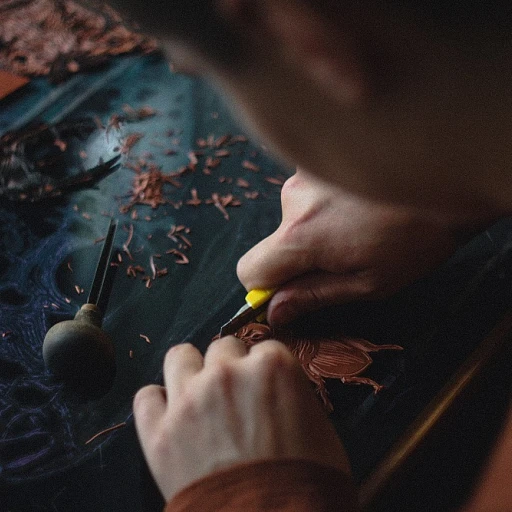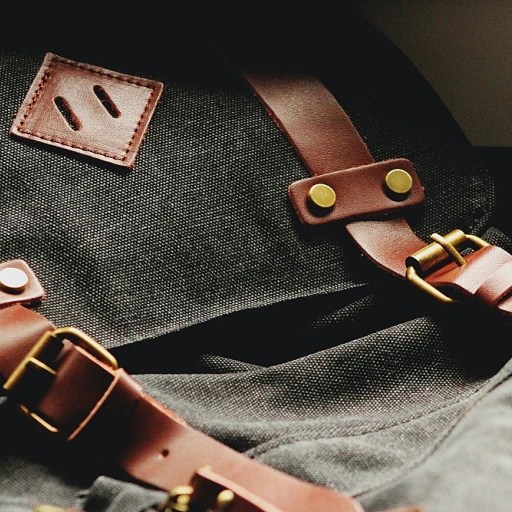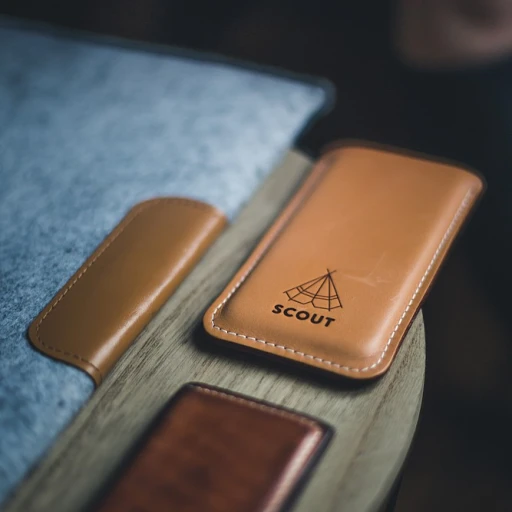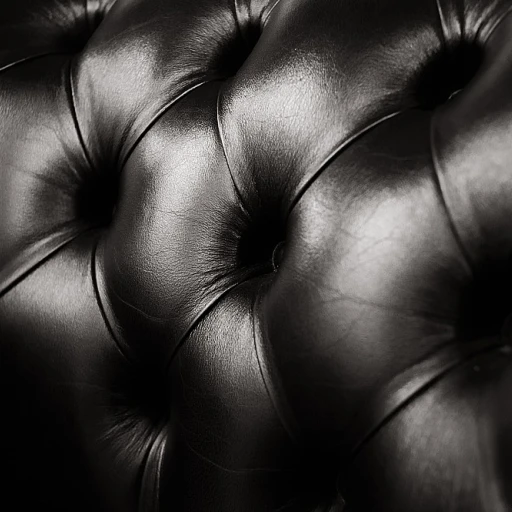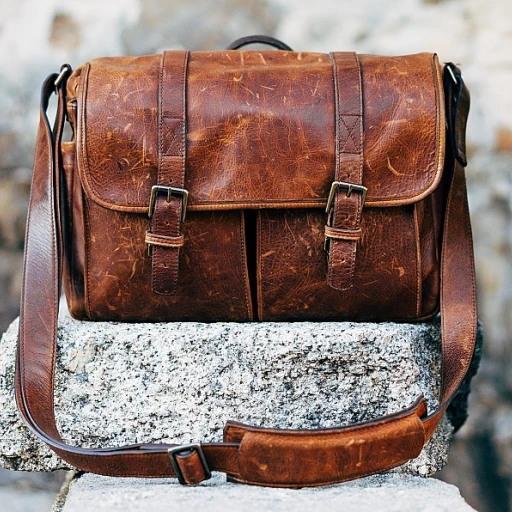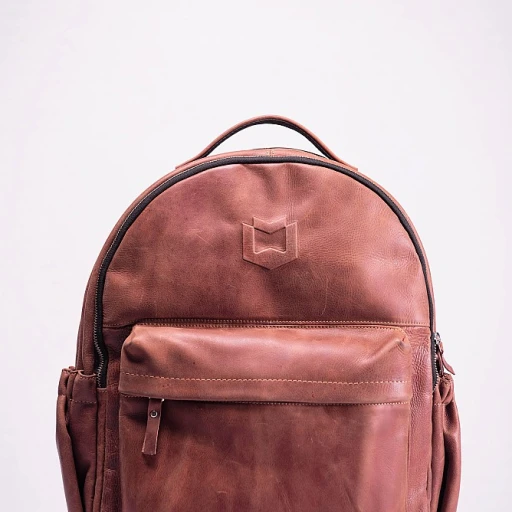The Art of Leather Craftsmanship
The Intricate Dance of Tradition and Skill
In the realm of luxury leather goods, the artistry involved in crafting these exquisite items is unmatched. Leather crafting is more than a mere process; it's an intricate dance of tradition and skill, honed by artisans over generations. Every workshop, every leather class, and every moment spent learning is vital in mastering this ancient craft. Embedded deep within this art form is a profound respect for tradition. Artisans often start with days classes, initially learning the basics of leatherworking in introductory making workshops before progressing to more complex tasks. This foundational knowledge ensures that each artisan can produce high-quality pieces like elegant tote bags or mini accessories. The process of leather crafting spans continents, with regions like Tuscany offering a rich history and tradition. To explore the unique elegance that Tuscany brings to leather craftsmanship, take a closer view. Moreover, the skills required extend far beyond simple craftsmanship. An artisan must have an artist's eye to view the potential in a raw piece of leather, deciding on the best techniques and styles for each project. This adds a layer of commerce to their skills, as the luxury market constantly seeks unique, high-end items at competitive price units. Thus, artisans must balance tradition with innovation, crafting goods that are timeless yet contemporary. From the bay area to los angeles, workshops continuously offer opportunities for aficionados to refine their craft. Aspiring creators can sign up for workshop registrations and immerse themselves in sandal making or even embark on specialized units focusing on crafting luxury leather goods. In doing so, they gain a firsthand appreciation for the time and effort that goes into making each piece, from conception to completion, while also considering factors like shipping orders and unit price. Ultimately, leather crafting is both a science and an art, requiring dedication and passion to transition raw materials into luxurious, functional art pieces.Materials Matter: Selecting the Finest Leather
The Allure of Premium Materials
When it comes to luxury leather goods, the choice of materials is paramount. Selecting the finest leather is more than a step in the process; it’s a philosophy that dictates the quality of the finished product. Renowned workshops in Los Angeles and San Francisco have long upheld this tradition, understanding that to create unparalleled leather goods, one must start with superior materials.
Leatherworking begins with identifying hides that not only meet aesthetic standards but also durability requirements. This is where the expertise of artisans and leather classes plays a crucial role, as they learn to discern the subtle differences in texture, firmness, and suppleness of various leathers. One might think of materials selection as a mini art form within leather crafting, where each unit of leather is meticulously chosen for its unique characteristics.
While luxury implies high unit price, it also suggests an investment in time well spent. Behind every exquisite tote bag or elegant piece lies a backstory of careful selection and craftsmanship. Those who partake in leather making classes or workshops gain a unique view into the subtleties of leather goods creation, from material choice to final development. By participating in a making class, individuals can experience firsthand the intricate decisions involved in the leather crafting process.
Moreover, as consumers become more conscientious about sustainability, the leather industry is evolving. Workshop attendees, too, are now learning how to balance luxury with ethical practices, integrating sustainable approaches into their work leather endeavors.
Whether you're a seasoned artisan or someone simply indulging in a sandal making session, understanding the material selection process offers a deeper appreciation for the artistry behind luxury leather goods. The consideration and skill involved ensure that each product, be it a sandal or a concealed carry purse, embodies both elegance and functionality.
The Role of Artisans in the Leather Working Class
The Skilled Hands Behind the Luxury
The magic of luxury leather goods lies not only in the premium materials selected but also in the hands of the artisans who breathe life into these pieces. Artisans play a pivotal role in the journey of leather from raw material to an exquisite product, making every leather work an embodiment of skilled craftsmanship.
In the realm of leather crafting, these skilled individuals are not just workers; they are artists who have honed their skills over years. They attend leatherworking workshops and classes, often passed down through generations, to learn the traditional and modern techniques of the trade. This dedication to continuous learning ensures that each leather good, whether it be a mini tote bag or an intricate sandal design, stands out for its meticulous craftsmanship.
The prominence of leather classes, particularly in cities like Los Angeles and San Francisco, has been integral in enhancing the skills of upcoming artisans. These sessions delve into various aspects of leather crafting, from understanding the characteristics of different leather types to mastering the art of leather stitching and assembling.
Despite the access to sophisticated tools and machinery in today's world, the manual skills of these artisans remain indispensable. Their expertise is evident in the attention to detail visible in each piece. Artisans meticulously select the best leather, ensuring that even the smallest leather goods reflect the luxury they symbolize. The knowledge and skills they bring to the table not only refine the product's aesthetic but also impact the sustainable approach often required in luxury leather crafting.
The price of these expertly crafted goods reflects the labor-intensive process involved in their creation. However, the value of owning a piece with such a rich history and dedication is immeasurable. For those interested in experiencing the hands-on process, registering for a making workshop might be the perfect step into this captivating world. Whether you wish to craft a tote or merely wish to immerse yourself in the process, every segment of time spent in these days-long classes will enhance your view on the elegance of leather crafting.
Innovations in Leather Crafting Techniques
Blending Tradition with Modern Techniques
Leather craftsmanship may be rooted in centuries-old techniques, but recent innovations are revitalizing this traditional artform. Blending age-old practices with modern technological advancements is paving the way for richer, more diverse leather goods that appeal to both the classic and contemporary consumer. For artisans, this means embracing new methodologies while respecting their traditional roots. With shifts in consumer preferences, there's a push for unique pieces, such as the trendy tote bag or the versatile mini bag, each crafted to perfection.- Advanced Tools: Modern workshops are integrating cutting-edge tools that enable artisans to work leather with unprecedented precision and efficiency. Units like laser cutters or 3D printers are now commonplace in some leather making classes, allowing for intricate designs that were not possible before.
- Enhanced Learning: Aspiring leatherworkers in Los Angeles, San Francisco, and the broader Bay Area have access to an enriched learning environment. Workshops and making classes teach the essentials while introducing learners to new techniques, often at a price unit that makes these skills more accessible. Whether it's a days class in sandal making or a deep dive into leather goods crafting, these educational units offer significant value without compromising craftsmanship quality.
- Material Innovation: From leatherwork to leather crafting, the introduction of environmentally-friendly and innovative materials is a pivotal development. This goes hand-in-hand with the push for sustainability, ensuring that leather classes not only teach skills but also focus on eco-conscious methods.
Sustainability in Luxury Leather Goods
The Intersection of Ethical Practices and Luxury
In the realm of luxury leather goods, the narrative of sustainability is carving a niche that resonates with conscious consumers and artisans alike. The delicate balance between opulence and ethical responsibility underscores the craftsmanship behind these luxury items, elevating the class of leather work to not just a display of skill, but also of conscientious production.
The evolution in leather crafting techniques has intertwined with the ethics of using more sustainable materials and procedures. Whether attending a making workshop in Los Angeles or engaging in days-long leather classes in San Francisco, artisans and learners are embracing sustainable methods that honor both traditional practices and modern eco-conscious demands. This commitment extends beyond the workshop and into every tote bag, mini accessory, and other bespoke creations found in luxury stores, viewed not only as items of beauty but also as symbols of sustainable progress.
While unit price may reflect the labor-intensive process and the time invested in these ethical enhancements, many luxury leather brands are offering incentives such as free shipping, enticing more consumers to align with their values. From leather goods made in small batches to meticulously crafted sandals, every piece reflects a pledge to reduce environmental footprint while keeping the spirit of luxury alive.
Consumers are increasingly signing up for leather working classes and workshops to not only refine their skills but to also understand the value of sustainable leather crafting. Brands also engage in open dialogue regarding their sourcing and production methods, allowing customers to make informed decisions. This transparency builds trust and enhances the allure of luxury leather goods, making them more than mere commodities, but cherished items etched in ethical practices.
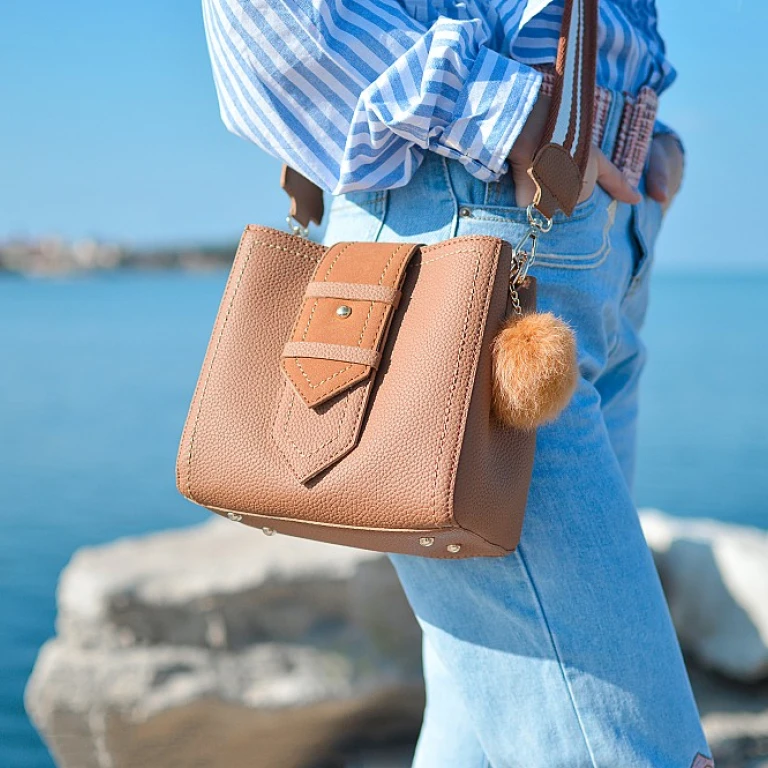
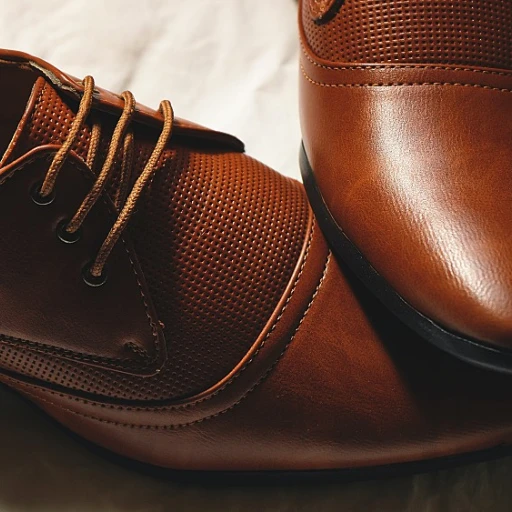
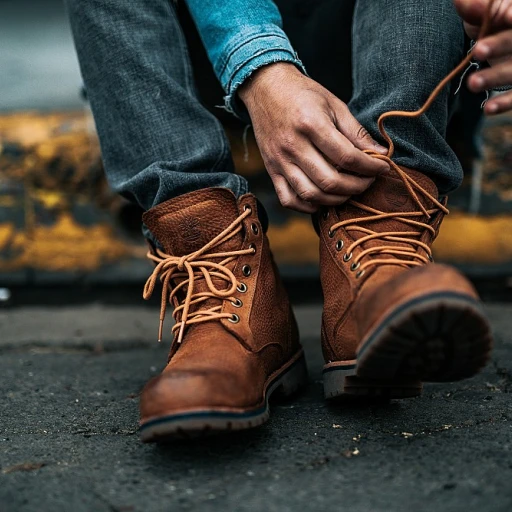
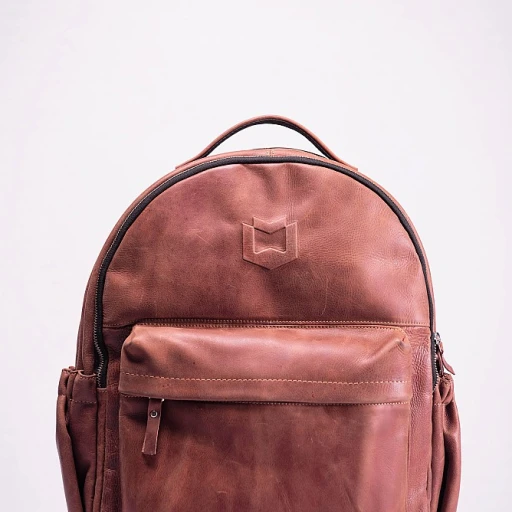
-large-teaser.webp)
